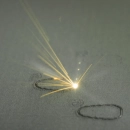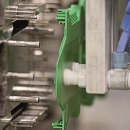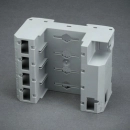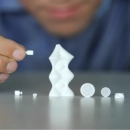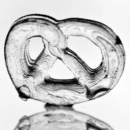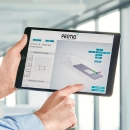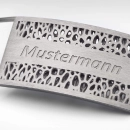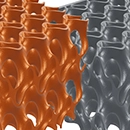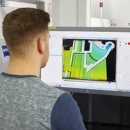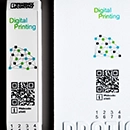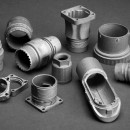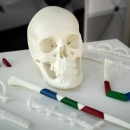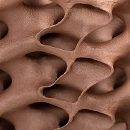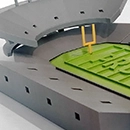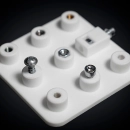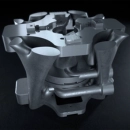Translucent materials
Translucent materials are plastics that allow light to pass through partially, giving them a degree of translucency without being completely transparent. These materials offer a balance between translucency and diffusion, making them suitable for applications where both light transmission and privacy or diffusion are important.
In 3D printing, translucent materials are often used to create aesthetic and functional elements that can shape both light and form. These materials are particularly in demand in the lighting industry, architecture and product design, where they enable interesting visual effects and make design more versatile. They are also used in areas such as the automotive industry, where they are used for translucent interior components or covers.
Translucent plastics such as certain polycarbonates or Plexiglas (PMMA) not only offer the ability to diffuse light, but are also characterized by good mechanical strength and resistance to external influences. This makes them suitable for components that need to be both stable and translucent.
During production, the degree of translucency and visual properties can be fine-tuned by adjusting the material composition and processing techniques to achieve specific effects. In 3D printing, different colors and surface textures can be used to achieve the desired light diffusion or patterning.
Overall, translucent materials enable the design of creative and functional components that are characterized by their unique ability to manipulate light.



 Deutsch
Deutsch English
English Italiano
Italiano
